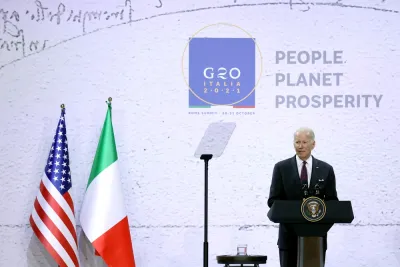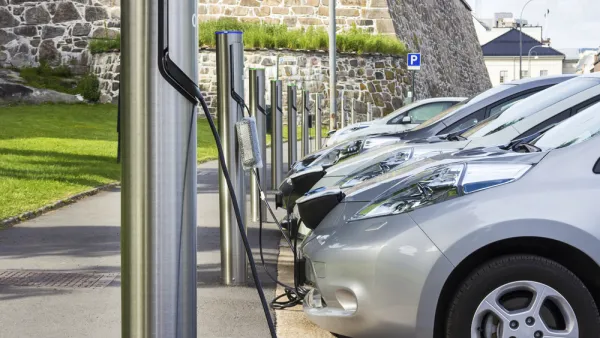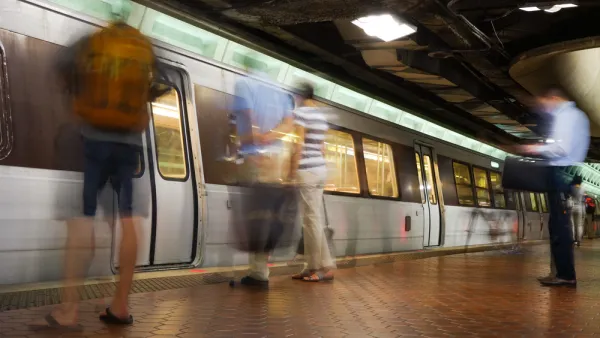President Biden signed an executive order on Wednesday that aims to cut 65 percent of the government's carbon emissions by the end of this decade and reach carbon neutrality by 2050.

An article by Anna Phillips for The Washington Post broke the news on Wednesday before President Biden signed the executive order, but details were already available. Biden aims to leverage the federal government's buying power to lower emissions, creating a fleet of electric vehicles, upgrading federal buildings, and changing the government's practices for buying electricity.
"Under the new approach, federal operations would run entirely on carbon-free electricity by 2030. By 2035, the government would stop buying gas-powered vehicles, switching to zero-emission heavy-duty trucks and cars. A decade after that, most of the buildings owned or leased by the government would no longer contribute to the carbon pollution that’s warming the planet," writes Phillips.
"The order also instructs the government to launch a 'buy clean' initiative, prioritizing products produced and transported with low greenhouse gas emissions."
According to experts cited in the article, the effort to lower emissions generated by the government could move the needle in the broader economy as well—because of the size and scope of the federal government's buying power.
The article also notes that the plan put forth in the executive order will face substantial obstacles, including production delays, opposition from industries and the other side of the political aisle, and the cost to upgrade facilities.
FULL STORY: Biden wants to make federal government carbon neutral by 2050

Analysis: Cybertruck Fatality Rate Far Exceeds That of Ford Pinto
The Tesla Cybertruck was recalled seven times last year.

National Parks Layoffs Will Cause Communities to Lose Billions
Thousands of essential park workers were laid off this week, just before the busy spring break season.

Retro-silient?: America’s First “Eco-burb,” The Woodlands Turns 50
A master-planned community north of Houston offers lessons on green infrastructure and resilient design, but falls short of its founder’s lofty affordability and walkability goals.

Test News Post 1
This is a summary

Analysis: Cybertruck Fatality Rate Far Exceeds That of Ford Pinto
The Tesla Cybertruck was recalled seven times last year.

Test News Headline 46
Test for the image on the front page.
Urban Design for Planners 1: Software Tools
This six-course series explores essential urban design concepts using open source software and equips planners with the tools they need to participate fully in the urban design process.
Planning for Universal Design
Learn the tools for implementing Universal Design in planning regulations.
EMC Planning Group, Inc.
Planetizen
Planetizen
Mpact (formerly Rail~Volution)
Great Falls Development Authority, Inc.
HUDs Office of Policy Development and Research
NYU Wagner Graduate School of Public Service




























